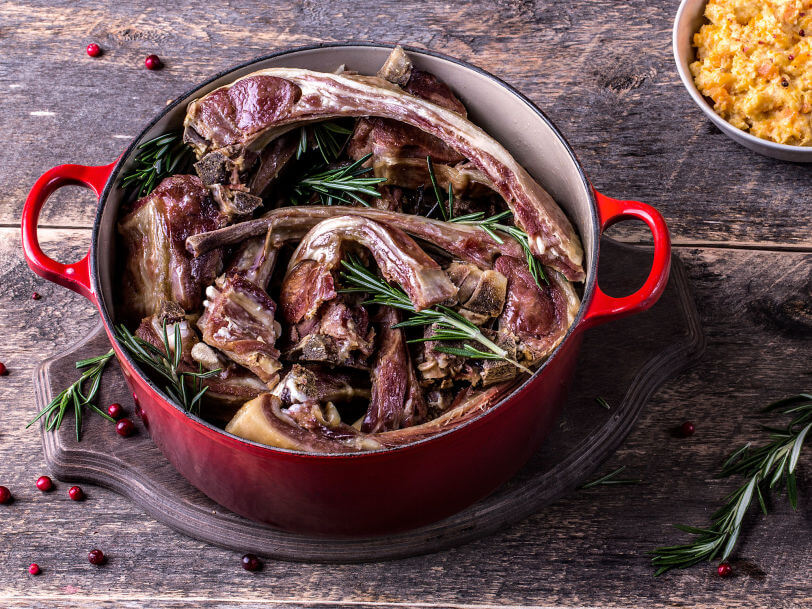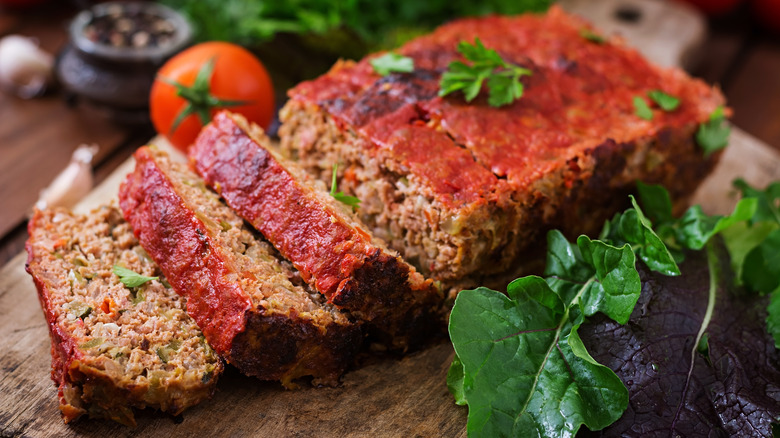meatthesavages.com – Pinnekjøtt is a traditional Norwegian dish made from lamb ribs that are cured, dried, and then steamed with juniper berries and other spices. It’s a popular dish that is often served during special occasions, such as Christmas Eve.
The Origins of Pinnekjøtt
The origins of pinnekjøtt can be traced back to Viking times when people preserved meat by drying and salting it. Over time, the technique of curing and steaming lamb ribs evolved, and pinnekjøtt became a beloved dish in Norway.
The Curing Process
The curing process is a crucial step in the preparation of pinnekjøtt. The lamb ribs are rubbed with a mixture of salt, pepper, and other spices, then hung to dry in a cool, dry place. The drying process can take several weeks or even months, depending on the weather conditions.
The Steaming Process
After the curing process, the dried lamb ribs are steamed with juniper berries and other spices, such as cardamom and cloves. The steaming process helps to rehydrate the meat and infuse it with the flavors of the spices.
How to Enjoy Pinnekjøtt
Pinnekjøtt is typically served with boiled potatoes, root vegetables, and a variety of sauces, such as mustard sauce or brown sauce. It can also be enjoyed with a side of kålrabistappe, a mashed rutabaga dish.
The Flavor Profile of Pinnekjøtt
Pinnekjøtt has a unique and complex flavor profile. The curing process imparts a salty and slightly gamey flavor to the meat, while the steaming process adds a subtle sweetness and smokiness. The juniper berries and other spices provide a warm and aromatic note.
Conclusion
Pinnekjøtt is a delicious and traditional Norwegian dish that is perfect for special occasions. Its rich flavor and tender texture make it a truly memorable dining experience.

